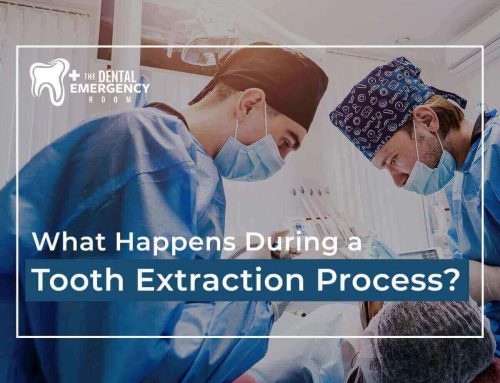
Here’s all you need to know about wisdom teeth:
History
First.. a little history about the evolution of wisdom teeth. It’s believed that ancient humans needed this third set of teeth to help compensate for the roughness of their diet, which included meats, leaves, and roots. They could have teeth wear down.. and also, they didn’t know anything about brushing teeth, so that could lead to oral health problems. So the wisdom teeth were crucial to being able to avoid starvation.
As humankind evolved and changed their diet, the need for wisdom teeth dwindled. Also, their jaws changed size, becoming smaller, and these previously vital teeth started crowding the mouth when they came erupted out.
First Appearance
Most people see their wisdom teeth appear when they are in their late teens or their early twenties, if they get them at all. That’s the reason they are called wisdom teeth, since people are learning to be an adult around this time. There are some who never see them or are born without one or more. Sometimes the whole transition is smooth and the wisdom tooth fits in nicely. Most of the time, the jaw becomes overcrowded. Plus the wisdom tooth is too far back and can be very susceptible to gum disease since it is hard to reach to clean.
Crowding Problems
The wisdom teeth can cause far more than just discomfort when they are not aligned with the other teeth – they can wind up damaging teeth, nerves and the jawbone. Also, they may not fully come out of the gums and become impacted, which then can leave an opening for bacterial infection.
It’s easy to find out whether one has wisdom teeth – they can ask their dentist to do periodic X-rays. Sometimes people have wisdom teeth removed even before there are any problems as a preventative measure.
Removal
The patient goes to see an oral surgeon who will numb the area thoroughly and extract the tooth (teeth). Depending on the location and how it is situated in the mouth, it may come out cleanly or the oral surgeon may have to break it in pieces and remove it bit by bit. He or she will then suture the area and put gauze on it to stop the bleeding.
Recovery
People who have this procedure should know they are going to miss the rest of that day and maybe the next one. Even if they apply ice to their face for 20 minutes at a time, they may find that they resemble a chipmunk for the next couple of days. Painkillers like Tylenol are OK, but not ones that thin the blood like aspirin.
Also, it’s important to not dislodge the blood clot that is covering the area that the tooth was removed. Do not drink from straws or smoke, since the action of both of those could wind up causing a painful condition called dry socket… and another trip to the dentist. After a couple of days, it’s OK to swish with warm salt water to prevent infection.
Other Uses
You don’t have to be that hasty to discard your wisdom teeth once they have been pulled. Scientists are studying ways to use them for stem cell research. There are also some scientists who are looking to even halt the growth of wisdom teeth. It could wind up being the best of both worlds – and everyone could benefit.
When wisdom teeth come in, they can feel like a dental emergency. The staff at Dental Emergency Room can handle the issue with extractions. If it feels like something like that might be happening, call them at 727-449-2424.
Published By:
Dental Emergency Room
1935 Drew Street
Clearwater, Florida 33765
Columbus, OH 43205
Phone: 727-449-2424
Website: https://www.dentaler.com








Leave A Comment